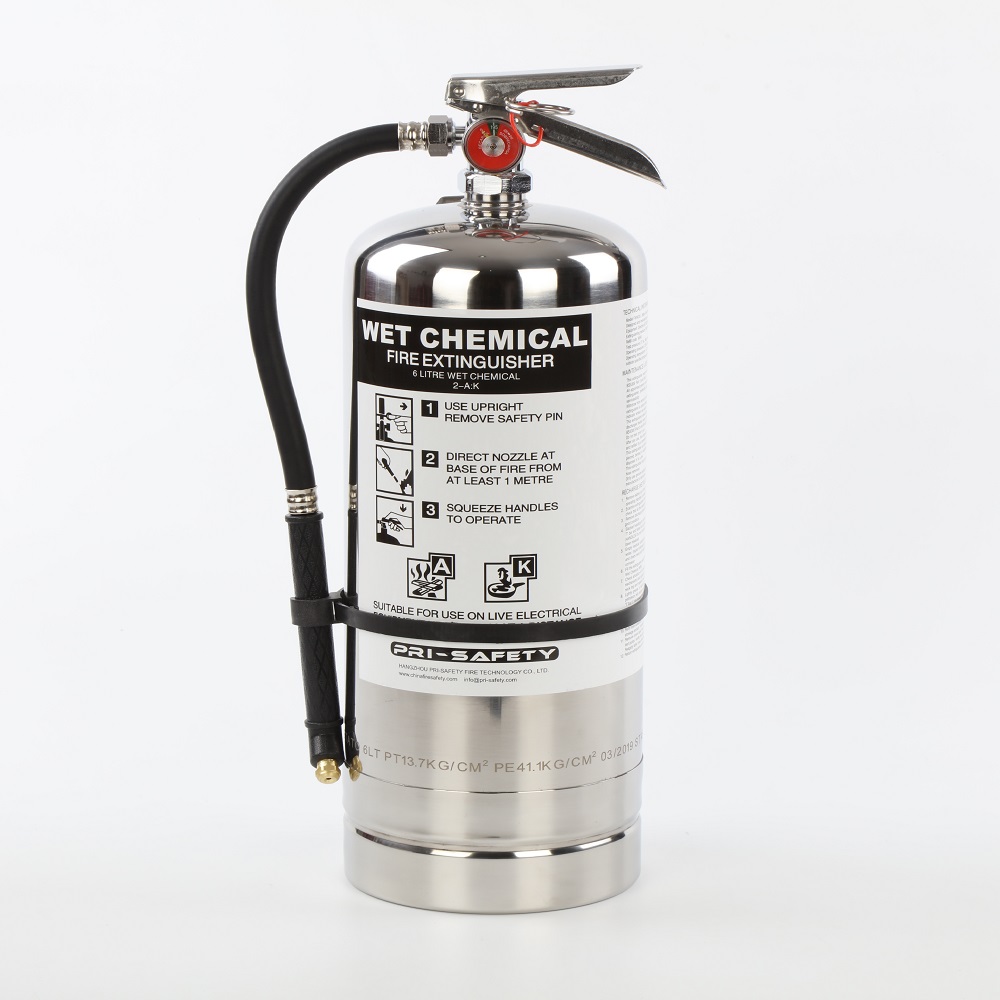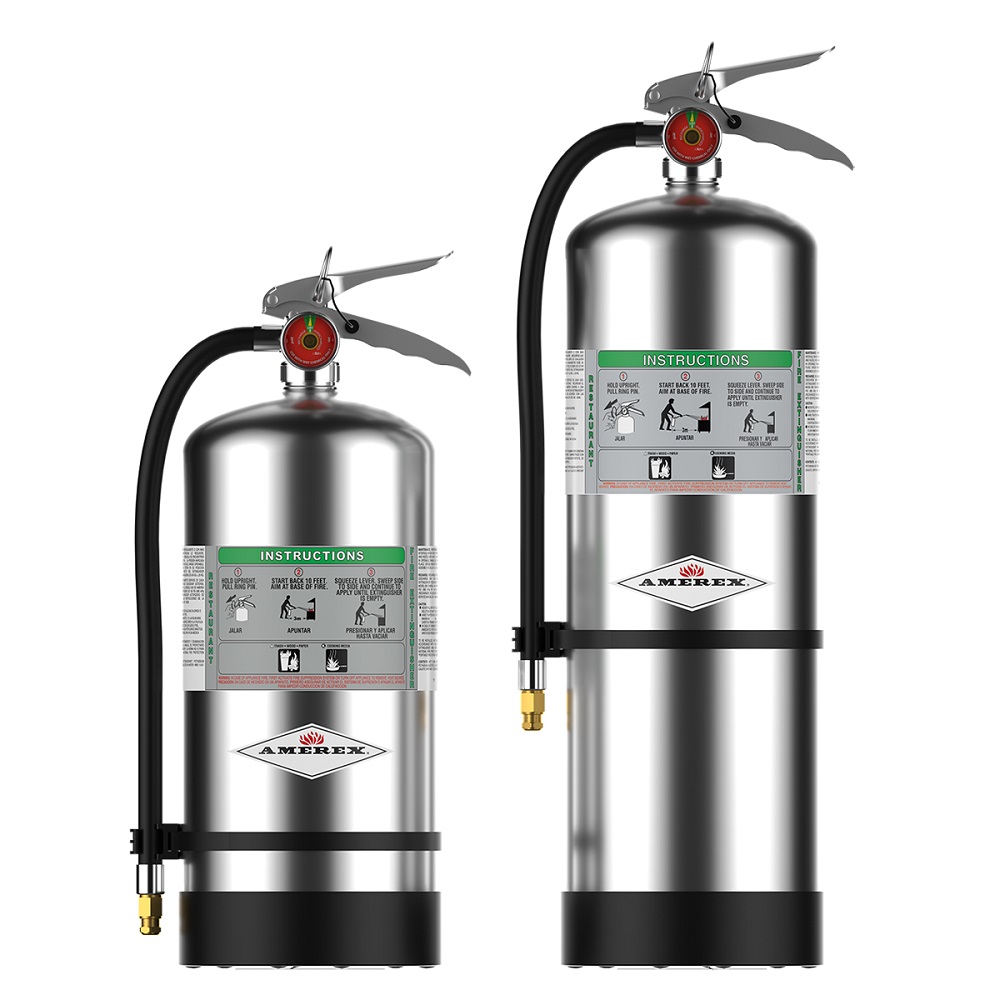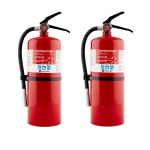Understanding the Unique Risks in Commercial Kitchens
Commercial kitchens are bustling environments filled with chefs, staff, and a variety of cooking equipment. However, they are also hotspots for potential fire hazards. According to the National Fire Protection Association (NFPA), cooking equipment is the leading cause of fires in commercial buildings, particularly in restaurants. The combination of heat, oil, and flammable materials creates a perfect storm for fires to ignite.
Cooking oils and fats used in frying and sautéing are particularly volatile, especially when they exceed their smoke points. Once these oils catch fire, they can lead to rapid and intense flames that are exceptionally difficult to extinguish using conventional fire extinguishers. This is where the Type K fire extinguisher comes into play, specifically designed to combat fires that originate from cooking oils and greases. By understanding the unique risks associated with commercial kitchens, it becomes clear why every establishment needs a Type K fire extinguisher readily available.

What is a Type K Fire Extinguisher?
A Type K fire extinguisher is specifically formulated to extinguish fires fueled by cooking oils and greases, which are classified under Class K fires. These extinguishers contain a special wet chemical agent that works by cooling the flames and forming a barrier between the fuel and oxygen, effectively smothering the fire.
The chemical agent used in a Type K extinguisher is typically made from a solution of potassium acetate, potassium citrate, or potassium carbonate, allowing it to combat high-temperature cooking oil fires efficiently. Unlike other types of extinguishers, which may use water or foam as agents, Type K extinguishers work in a fundamentally different way. They do not simply pour water onto the flames, which can cause an oil fire to spread rapidly. Understanding this unique functionality is crucial for kitchen staff and management, highlighting the importance of having a Type K extinguisher on hand.
The Legal and Safety Requirements
Many local and state regulations mandate that commercial kitchens have the appropriate fire safety measures in place. This often includes having a Type K fire extinguisher in addition to other fire protection systems. Compliance with these regulations is not just about following the law; it’s also about ensuring the safety of employees and guests. Failing to adhere to local regulations can result in fines, insurance issues, and, most importantly, an unsafe working environment.
The Occupational Safety and Health Administration (OSHA) also emphasizes the importance of having access to fire extinguishers in workplaces, especially where flammable materials are present. Being knowledgeable about these requirements is essential for commercial kitchen operators. Regular inspections and training sessions should also be conducted to ensure that employees know how to use extinguishers correctly and can respond without hesitation in the event of an emergency.
The Role of Training and Education
Having a Type K fire extinguisher is one thing; knowing how to use it is another. Proper training is essential in ensuring that kitchen personnel are equipped to handle fire emergencies efficiently. Training sessions should provide insights into the types of fires, the correct procedure for using a Type K extinguisher, and the importance of remaining calm under pressure.
According to fire safety experts, more than 85% of fires can control by people who train and equipped with the right tools. This statistic underscores the necessity of an education program that covers fire prevention strategies, emergency procedures, and regular hands-on training. Employees should participate in simulation drills that include the activation of fire extinguishers. Familiarity with the equipment can make all the difference in a high-pressure situation, potentially averting disaster and protecting lives.

The Importance of Maintenance and Inspection
A Type K fire extinguisher is not a “set it and forget it” piece of equipment. Regular maintenance and inspections are essential to ensure the extinguisher remains fully operational when needed. Fire extinguishers should undergo a thorough inspection at least once a month, checking for signs of damage, tampering, or low pressure. Additionally, a licensed fire protection professional should perform annual maintenance to recharge and verify the functionality of the extinguisher.
An overlooked extinguisher could mean the difference between a small, manageable fire and a full-blown kitchen blaze that puts everyone in danger. Establishing a documented inspection schedule and assigning responsible personnel can streamline the process and ensure that fire safety remains a top priority in the commercial kitchen.
The Financial Implications of Fire Safety
Beyond the immediacy of safety, there are significant financial implications tied to fire incidents. A fire in a commercial kitchen can lead to substantial damages to property and equipment, not to mention the potential for legal liabilities and loss of business. According to FEMA, the average fire-related claim in commercial properties can reach thousands of dollars, depending on the severity and the response time to the incident.
Investing in a Type K fire extinguisher, along with comprehensive fire safety training and preventive maintenance practices, may seem like an expense, but it can save a business money in the long run. Business owners need to view these measures not just as costs but as crucial investments in their operations. Having effective fire safety measures can also contribute positively to insurance premiums, further alleviating financial burdens when handled properly.
Integrating Technology into Fire Safety
With the advancement of fire safety technology, commercial kitchens can adopt more comprehensive measures to safeguard against fire incidents. Automated fire suppression systems can work alongside Type K extinguishers to provide layered protection. These systems can detect fires and automatically release extinguishing agents, providing immediate response before fires can escalate.
Integrating these technologies means fewer manual interventions are needed and can enhance overall fire safety. Additionally, modern monitoring systems can alert management or emergency services in case of a fire, allowing for even faster responses. In this day and age, adopting technology for fire safety measures not only meets modern safety standards but also fosters a culture of responsiveness and preparedness among kitchen staff.
Building a Culture of Preparedness
Fostering a culture of preparedness is essential for fire safety in commercial kitchens. A proactive approach includes conducting regular safety meetings, fire drills, and training workshops. Employees should feel empowered to report unsafe conditions and participate in safety committees that emphasize feedback and continuous improvement. Creating an atmosphere where everyone feels responsible for fire safety can drastically reduce the risks present in a commercial kitchen.
This culture should also extend beyond fires to include a broader range of safety concerns, from slip and fall hazards to chemical safety. Comprehensive safety training that addresses multiple hazards can create a more robust operating environment. The staff becomes not just operators but active participants in sustaining a safe and efficient kitchen.

Conclusion: Prioritizing Fire Safety in Commercial Kitchens
In summary, the risks associated with fire are intrinsic to commercial kitchens, making it imperative for every establishment to have a Type K fire extinguisher. Understanding the specific nature of kitchen fires, adhering to legal requirements, investing in employee training, and maintaining equipment helps to build a comprehensive safety framework that safeguards lives and property.
As kitchens continue to evolve and adopt new technologies, the importance of fire safety should never overlook. By fostering a culture of safety and preparedness, commercial kitchens can ensure that they are not just places of culinary excellence, but also environments where staff and customers can feel safe—and where fires have no chance to flourish. A Type K fire extinguisher is not just a regulatory requirement; it is a critical component in the overarching mission to provide a secure, efficient, and welcoming space for everyone involved in food service.


